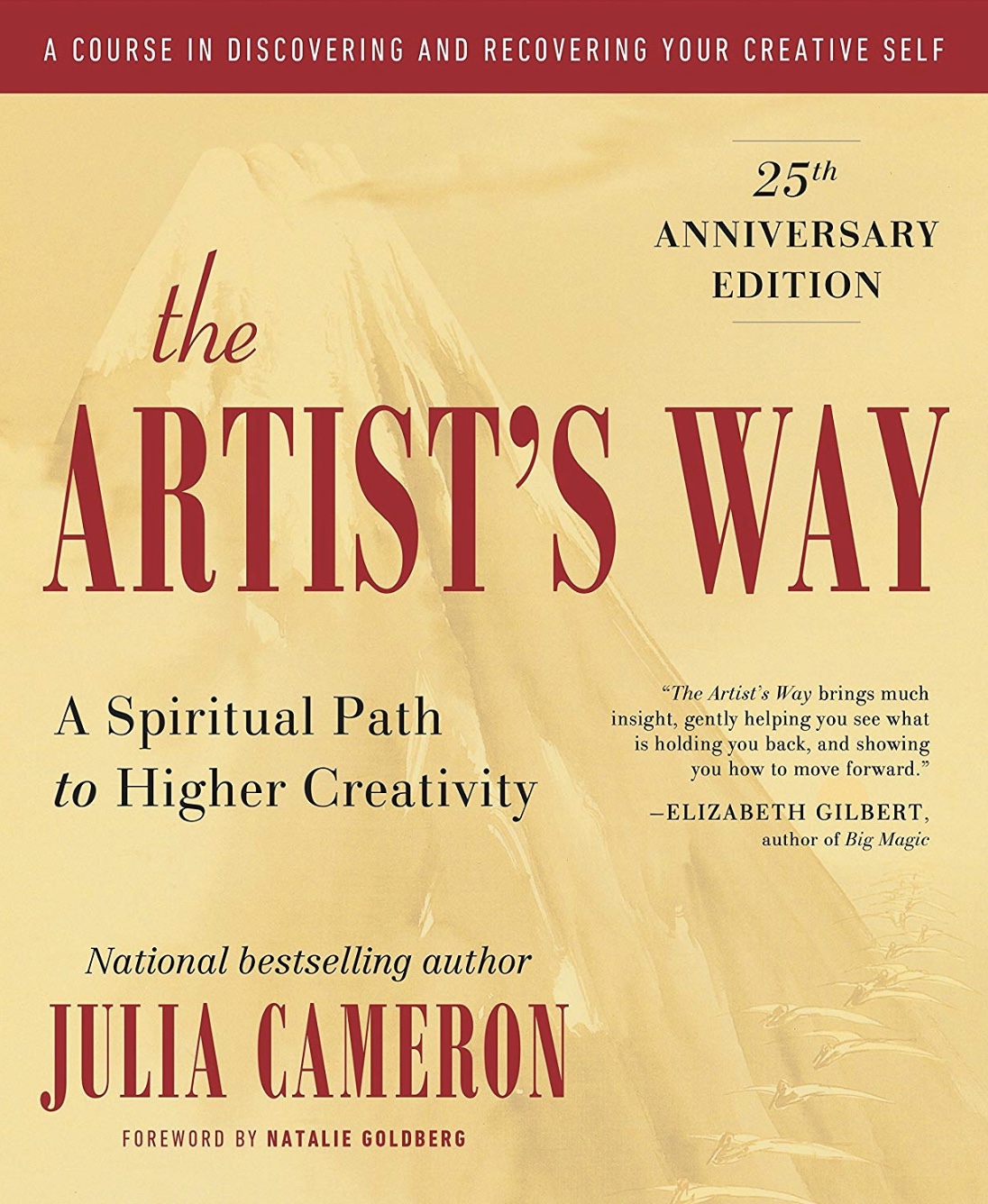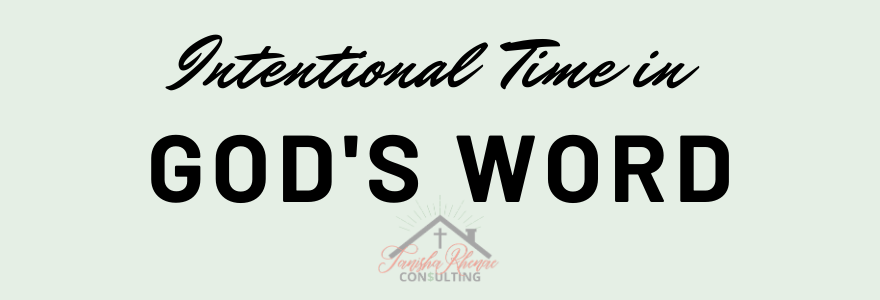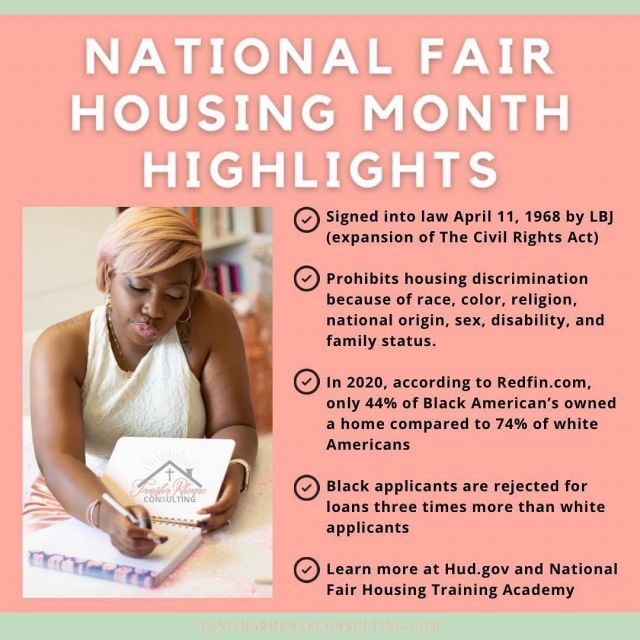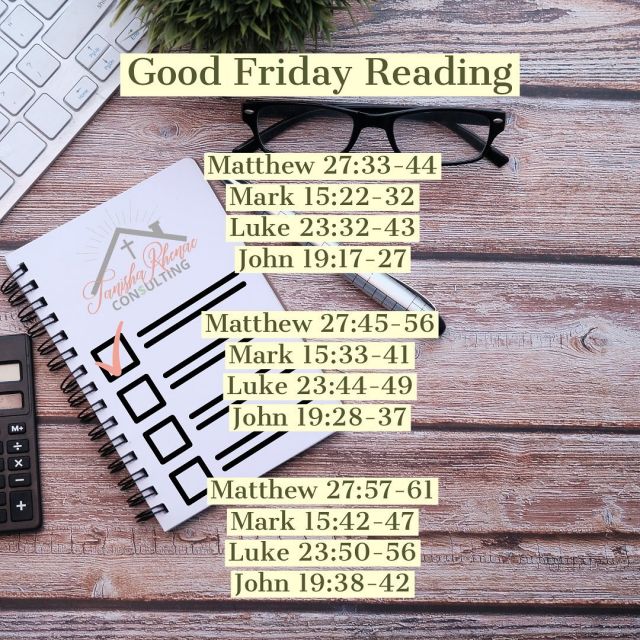Title: The Artist’s Way
Author: Julia Cameron
Genre: Self-Help/Christian/Creativity
Publisher: TarcherPerigee
Rating: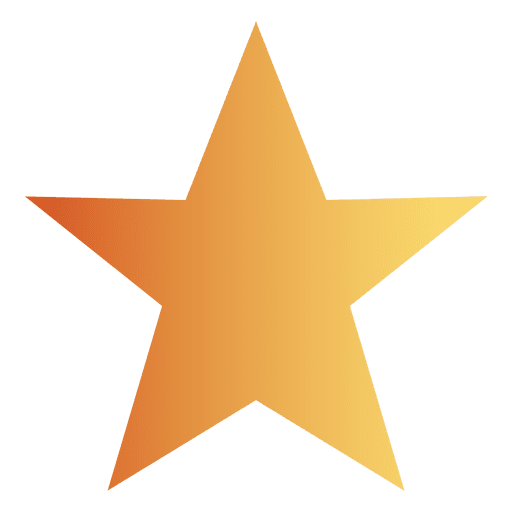


I found this book by way of the planner community and YouTube. You may have heard of Morning Pages. It is the practice of spending time in the morning, writing out whatever is on your mind for three pages. I’ve been one of those on and off again journalers who has an addiction to notebooks and needs to do something with the dozens of empty ones I have. I was doing more research and found out the idea originated from this book, which I was able to download on Libby after having it on hold for a couple of weeks.
My Thoughts:
Julia Cameron starts the book off by explaining how creativity is indeed a spiritual practice. At the time of reading this book, I was reading Exodus and came across a verse that describes where God specifically gave certain people skill and intelligence to be creative while building the Tabernacle. Seeing that connection made me connect more to the book because I don’t see myself as a creative person. One thing I didn’t care for that Cameron did was, she felt the need to explain her use of the name of God. She even provided alternatives. It didn’t sit well for me because, as someone who believes in God, I don’t make it a point to explain away that belief for those that don’t believe. I felt like she was trying to appease others at the expense of God and to sell books.

The first thing that I had to overcome was the idea that I wasn’t an artist. Her view is that everyone is an artist. My original opinion was the artist is someone who makes art, paints, draws, even those in the entertainment industry like musicians. I am none of those things, so it wasn’t until I did a little digging into the definition of artist that I changed my mind. According to dictionary.com, the fifth definition of an artist is “a person whose work exhibits exceptional skill.” To me, that could mean any work can make me an artist.
Cameron states that this process can be a form of meditation. I can see my journaling as a way to talk to God. This book is recommended as a course that takes 12 weeks to complete. It’s broken up in weekly sections. Being a popular library book, I don’t have time to read it over 12 weeks (and let’s be honest, I’ll forget about it after a couple of weeks). Throughout the reading, she gives plenty of small action steps that are almost like testers. Practice saying this affirmation, write it down, etc.

Cameron gives a lot of detail behind how we think, why her teaching is needed, etc. I feel like she is trying to sell me hard on why I need to continue her process. I appreciate the details, but I would prefer more information about how to do it versus why I need to do it. She does give you tasks, which is an excellent summary of what she wants you to do for the week from the reading. She warns you that it’s a lot of work. For instance, week one has ten tasks and three check-ins. My opinion on this? We make time for what’s important. According to the Bureau of Labor Statistics, women spend an average of 4.9 hours a day on leisure activities, while men spend 5.7 hours a day. Watching T.V. is the largest of that time block at 2.8 hours a day (“American Time Use Survey Summary,” 2019). You have time to improve yourself if you want to.
I plan to do as much of the work she recommends. She advises doing what you resist the most. I would generally share my responses with you as I did here, but part of doing the morning pages is not to share it with anyone. Plus looking at some of the tasks, they can be deeply personal. But some of the items are simple, like a 20-minute walk. Others are thinking and then writing. In my opinion, my answers can be apart of my morning pages. That helps me fill out the three pages. I will share what I can on my Instagram or Facebook.

This book was the 25th-anniversary edition, and while reading certain words, you could tell that. Half of me wished Cameron went through and updated the language to be inclusive of today’s terminology. The other half, I was easily able to gloss over the 90’s terms and identify them as that and not take offense for myself or others. Also, a lot of the quotes she included mentioned painters. I wish she would have found quotes speaking about different types of creative beings, including nontraditional artist roles. This would have gone a long way in proving her point that being an artist and being creative doesn’t necessarily mean painting art. I was left wishing that there was a 21st-century version of this book.
I also wish it was from the standpoint of someone that is creative but not in the field of painting, movies, or writing. Another thing that ages this book is her frequent references to topics like miscarriage or incest as similies. I can’t comprehend someone not liking your painting to a miscarriage or a parent giving you criticism as incest. I get that back in 1992 when the book was published, we weren’t as politically correct or openly caring about how our words impact others and their feelings. But as a re-release of this book, I’m left again wishing she would have updated this book and specifically removed these references.
She has this quote in Week 1 that reminded me of my childhood in terms of me now thinking about what I want from my life. “Nothing has a stronger influence psychologically on their environment and especially on their children than the unlived life of the parent.” – C. G. Jung. For me, I had one parent who had certain goals by a certain age. So I was raised to see that only reasonable careers and money were important, not happiness. My other parent didn’t set goals, and a paycheck was a means to the end. It wasn’t until my late twenties that I realized people could be happy and doing what they loved at the same time. I believe that God will take care of my needs, even if I don’t make a lot of money.
While I thought Cameron’s only method was the morning pages, she offers a second piece to this process. That is the Artist’s Dates, which is where I think I will struggle the most. Why? Although I am an introvert through and through, I hate going out and doing stuff alone. I would instead drag someone with me to the grocery store or get pedicures with someone else. Or my preference is not to do any of that and have someone come to me (Thank God for grocery delivery). But because I know this will be a challenge, this will be what I focus hard on making sure I accomplish each week.

One of her chapters discusses how others can negatively impact our progress and creativity, even if unintentionally. Between that and our self-doubt, it’s sometimes easier to not do things that can help you grow. That left my biggest takeaway from this particular week being how important it is to do things for yourself. It reminded me of a conversation I had recently about having a servant’s heart but not any substance. I’ve learned this lesson myself. It wasn’t until I really took time out with only God that I started to see any growth. On top of that, I then saw my time increase. I felt more productive, yet I had more free time. I felt like that was God’s reward to me.
During week 4, I realized that what Cameron is trying to achieve is what I was also trying to accomplish during my Sabbatical. Although I wasn’t doing the morning pages specifically, the small amount of writing along with me shedding my old persona and working on finding what works for me, allowed my creativity to flow. For five months, I was doing this work and then felt I hit a stage that was somewhat like what women that have been pregnant say is nesting. My hunt for self and what this book teaches were aligning.

One section that I did not agree with and felt like she should update was her recommendation on reading deprivation. Not just because I love reading or have a site that includes book reviews. I’ve gone a week without reading and could do it again if need be (hello current reading slump). My fault is her reasoning why. She considers it a distraction that we could go without to refill our well. Here is a huge reminder that this book was written 25 years ago…before social media. People are reading to escape the energy-sucking that is social media now. That’s where our distractions are. Now, does this mean I am going to skip this particular week’s assignment? No, especially because at the beginning of the chapter in the intro, she told us to make sure we don’t. But here is really why I won’t skip it. I’ve made reading and learning my life. Now with the blog, I really consider it a full-time hobby. Because of how I work, I have the potential to burn out. I don’t want that to happen with something I love so much. So I know that means I will need to take regularly scheduled breaks. Skipping reading is week 4 in the course and will be about three months after I launched my blog. I think that is a great time to take a break, reevaluate how things are going and making sure I am still in love with what I am doing.
The further I got in the book, the more excited I was to start doing the tasks. It was difficult for me not to skip the explanations and just read the exercises, tasks, and check-ins. But Cameron wrote the explanations for a reason, and they are helpful with understanding why the activities and tasks are needed. It took a while, but I do appreciate that she gave the bulk of what we will be doing at the beginning of the book. You read through the first two chapters, and you already know the main thing is the morning pages and the artist’s dates. Most authors will drag you along and maybe give you the needed info by the halfway point of the book.

I don’t like how she continues to discount intellectuals and those that are behind the scenes doing work for the creative types. The editor, instead of the writer. The film editor, instead of the film director. Yes, I’m sure some are doing those jobs because they are fearful of stepping out to do their dream job, but at the end of the day, you need that film editor. There are some people who that is their dream job, and they get to be their type of creative in that environment. She starts with pushing the idea that not all creatives are painters, directors, and writers but as she writes you can tell that that is precisely who she considers the artist and creative person in this book.
She’s a great writer. There is no doubting that. She’s mostly eloquent (except here: Besides, they had connections, a rich father, they belong to a sought-after minority, they slept their way to the top. I’m scared even to ask what a sough-after minority even means.) and her writing is well thought out. Almost too much so. Truthfully this book could have been a lot shorter. While explaining her points, she could have eliminated a lot of fluff and repetitive information. The book had a 17-page index yet was only a little over 200 pages. I also believe there is a way to show us who you are and potentially why you feel you are qualified to write the book without consistently talking about your work and accolades. I found time after time, she would bring up her film and writing career, yet the whole story didn’t fit. I get using real-life examples, but it was almost like she wanted us to know she wrote for the original Miami Vice, so she included that story. Although, it didn’t matter at all to her point. Even though I love the idea behind the book, with all the negatives, I decided to give this one a 3-star rating.

American Time Use Survey Summary. (2019, June 19). Retrieved from https://www.bls.gov/news.release/atus.nr0.htm
*As an Amazon Associate, I earn from qualifying purchases using the links included in this post.

